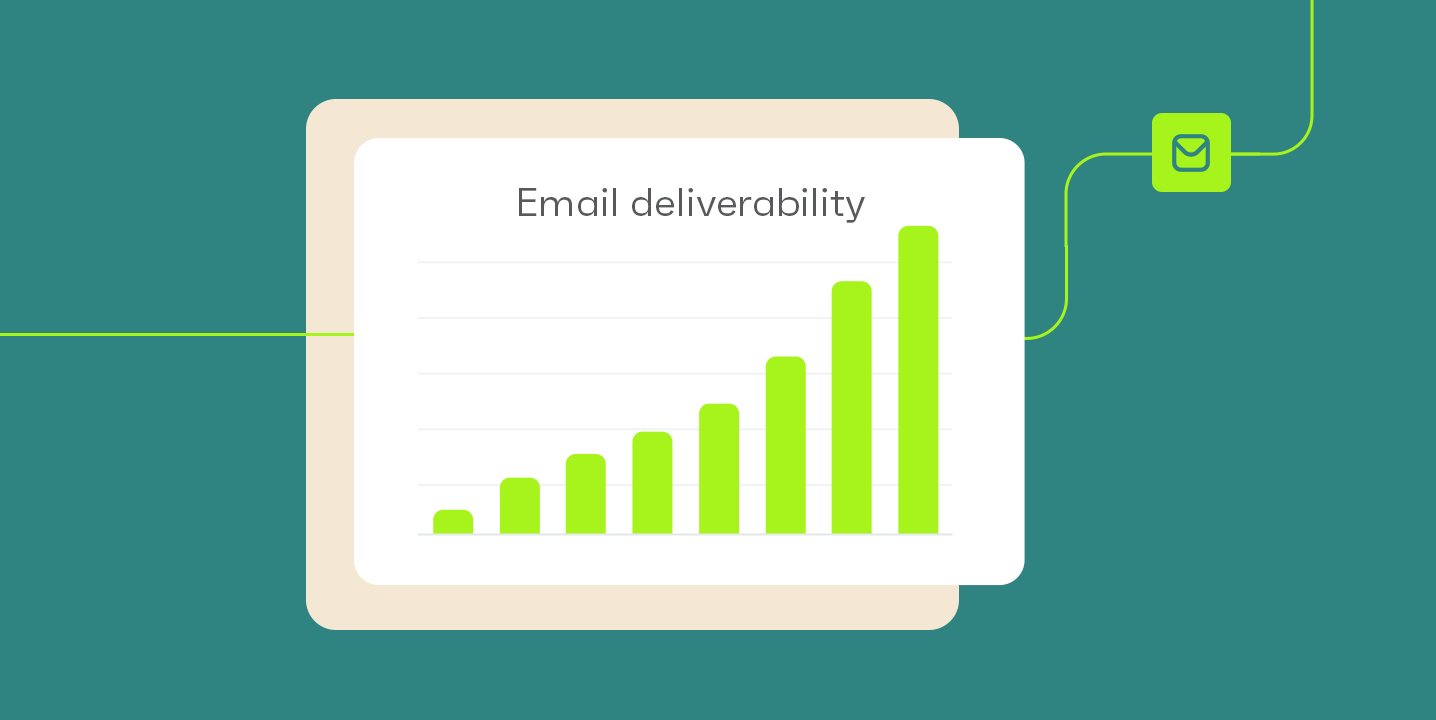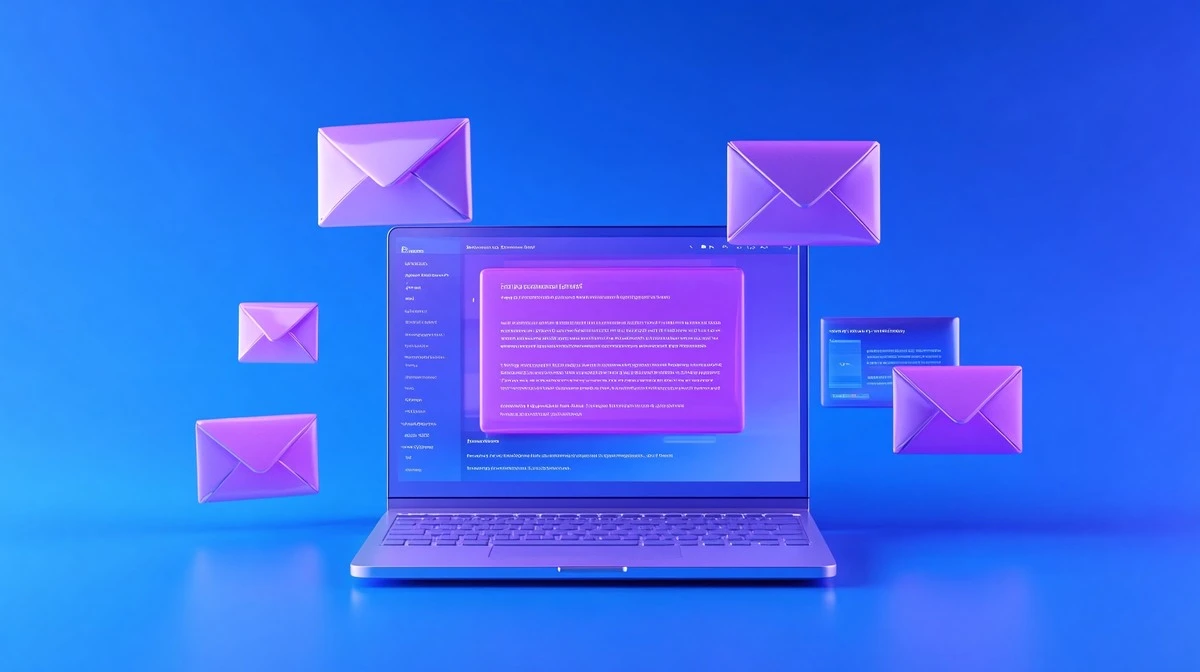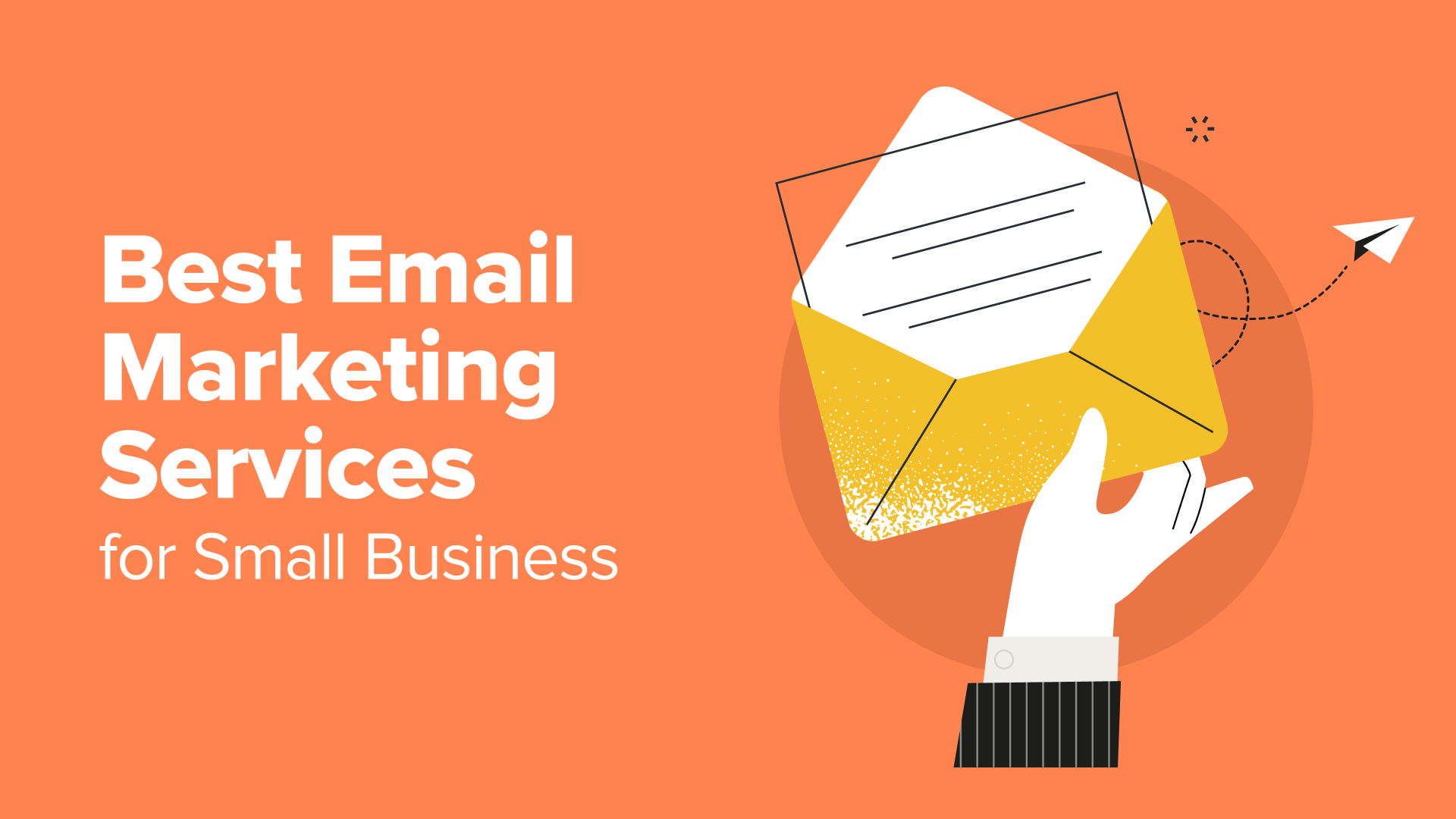Summary
Choosing the best email deliverability platform is crucial for ensuring your messages reach the inbox, not the spam folder. With an increasing number of options available, understanding what each platform offers and how it aligns with your specific needs is key. This summary provides insights derived from various sources, including email marketing professionals, industry experts, and official documentation, to guide you in making an informed decision.
Key findings
- Comprehensive tools: The top platforms offer a suite of features beyond basic monitoring, including inbox placement testing, blocklist monitoring, and advanced analytics.
- Data-driven insights: Effective platforms help users interpret their sending data (opens, clicks, bounces) by email provider, identifying specific deliverability issues.
- Integration capabilities: The best platforms often integrate seamlessly with various email service providers (ESPs) and marketing automation tools, simplifying data flow.
- Proactive monitoring: Many platforms now offer real-time alerts and proactive monitoring, helping to mitigate issues before they significantly impact deliverability.
Key considerations
- Feature set versus cost: Evaluate if the platform's features justify its price, especially for niche requirements like SMS deliverability or specific ESP support.
- Ease of use: A user-friendly interface is vital for efficient workflow, allowing teams to quickly diagnose and address deliverability concerns.
- Support and expertise: Consider the level of customer support and access to deliverability experts provided by the platform. For more, see our guide on expert and vendor recommendations.
- Scalability: Ensure the platform can scale with your sending volume and evolving business needs.
- Reputation monitoring: A good platform should help you monitor your sender reputation and avoid common pitfalls. Learn more about what happens when your domain is blacklisted and how to prevent it. A comprehensive list of best tools for deliverability is available on EmailTooltester.com.
What email marketers say
Email marketers often seek platforms that simplify complex deliverability challenges and integrate well with their existing tools. Their feedback highlights the importance of user experience, specific feature sets, and the ability to work around limitations imposed by certain email service providers.
Key opinions
- Simplification is key: Many marketers look for vendors who can streamline and simplify deliverability monitoring processes that can otherwise be manual and time-consuming.
- Internal data focus: While third-party tools are valuable, marketers emphasize the importance of leveraging their own data, such as opens, clicks, bounces, and conversions, by email provider.
- Provider-specific challenges: Marketers frequently encounter limitations with ESPs (e.g., Salesforce Marketing Cloud not allowing direct use of Google Postmaster Tools), necessitating platforms that offer workarounds or comprehensive alternatives.
- Comprehensive solutions: Platforms offering broader capabilities, like SMS deliverability alongside email, are seen as highly beneficial for integrated marketing strategies.
Key considerations
- Overcoming ESP limitations: Seek platforms that can provide essential deliverability insights even when your ESP restricts access to direct tools like Google Postmaster Tools. This is a common deliverability issue.
- Usability and familiarity: A platform that is intuitive and allows for quick adaptation can significantly improve team efficiency.
- Holistic view: Prioritize platforms that offer a comprehensive overview of your email program's performance across various providers, as highlighted by Skrapp.io's list of deliverability tools.
- Specific ESP support: For specific email service providers, look for platforms known to have a strong edge in supporting their email functionality, enabling effective deliverability testing with platforms like Klaviyo.
Marketer view
Marketer from Email Geeks suggests that Inbox Monster is a popular choice, particularly for enterprise and retail senders. The platform offers deeper deliverability insights and visual renderings of program performance.
Marketer view
Marketer from Email Geeks highlights the importance of analyzing one's own data, including opens, clicks, bounces, and conversions by email provider, as a fundamental aspect of deliverability monitoring.
What the experts say
Email deliverability experts focus on the technical nuances and strategic implications of platform choices. Their insights often delve into underlying protocols, the limitations of standard setups, and the importance of full control over DNS records for optimal DMARC implementation and data access.
Key opinions
- DNS control is critical: Experts stress the importance of maintaining control over DNS records, rather than delegating them to ESPs, especially in the era of DMARC.
- Automation for DNS changes: Modern DNS automation solutions can simplify changes, making it easier for users to apply necessary updates directly within their DNS host without full delegation.
- Beyond basic metrics: While opens and clicks are useful, experts emphasize deeper analysis, including authentication results (SPF, DKIM, DMARC) and feedback loop data, to truly understand deliverability. For a simpler overview, consider our guide to email authentication.
- Reputation management: Experts constantly highlight that maintaining a good sender reputation is foundational, requiring careful list management and consistent monitoring for blocklisting (or blacklisting) issues. Learn more about how email blacklists actually work.
Key considerations
- Control over DNS: Avoid ESPs that force NS record delegation; instead, choose platforms that allow you to manage DNS records independently for full control.
- DMARC compliance: Ensure your chosen platform supports robust DMARC implementation and reporting, which is essential for brand protection and deliverability.
- Comprehensive data access: The platform should provide access to all necessary data points to diagnose and resolve deliverability issues, not just surface-level metrics.
- Understanding ISP policies: A good platform or expert advice will help you navigate the ever-changing policies of major Internet Service Providers (ISPs), as noted by industry sources like SpamResource.
Expert view
Expert from Email Geeks explains that maintaining control over your DNS records, rather than delegating them to an ESP, is crucial for effective email authentication and deliverability, especially with DMARC implementation.
Expert view
Expert from Email Geeks notes a strong dislike for ESPs that compel delegation of NS records, emphasizing that this practice is outdated and problematic in modern email environments that rely heavily on DNS for authentication.
What the documentation says
Official documentation and technical standards underpin all email deliverability best practices. These sources emphasize the foundational role of email authentication protocols (SPF, DKIM, DMARC), proper DNS configuration, and adherence to sender guidelines to ensure messages are recognized as legitimate by receiving mail servers.
Key findings
- Authentication is mandatory: SPF, DKIM, and DMARC are no longer optional configurations; they are critical for demonstrating sender legitimacy and preventing spoofing. Our simple guide to DMARC explains these in detail.
- DNS records accuracy: Correctly published DNS records for SPF, DKIM, and DMARC are fundamental for successful email authentication and deliverability.
- Feedback loops are vital: Leveraging ISP feedback loops allows senders to identify and remove users who mark their emails as spam, which is crucial for maintaining sender reputation.
- Compliance with ISP guidelines: Each major ISP (e.g., Google, Yahoo, Microsoft) publishes specific sender guidelines that must be followed for optimal inbox placement.
Key considerations
- Implement DMARC: Start with a DMARC policy of p=none to gain visibility into your email ecosystem before moving to more restrictive policies.
- Monitor reports: Regularly analyze DMARC reports (RUA and RUF) to identify authentication failures and potential abuse of your domain.
- DNS configuration for SPF: Be mindful of the 10-lookup limit for SPF records to avoid issues like the SPF DNS timeout errors.
- BIMI implementation: For enhanced brand visibility, consider implementing BIMI, which displays your brand logo next to your email in supporting inboxes. A guide to BIMI supporting email clients is available.
Technical article
Documentation from RFC 7489 (DMARC) specifies that DMARC builds upon SPF and DKIM, providing a mechanism for domain owners to indicate whether their email is protected by these authentication protocols and to receive reports on email authentication failures.
Technical article
Google's Postmaster Tools documentation highlights that it provides data on email delivery errors, spam reports, and sender reputation, helping senders understand and improve their deliverability to Gmail users.
Related resources
13 resources
Related pages
What are popular email deliverability testing tools and their features?
What are the best software options for inbox placement and deliverability monitoring?
What platforms are used to monitor email deliverability, reputation score, and sender score?
What are the best tools for tracking all-round email deliverability?
What are the best email deliverability tools and monitoring practices?
Email deliverability issues: getting your messages to the inbox in 2025
Why your emails fail: expert guide to improve email deliverability [2025]
An in-depth guide to email blocklists
A simple guide to DMARC, SPF, and DKIM
What happens when your domain is on an email blacklist?













